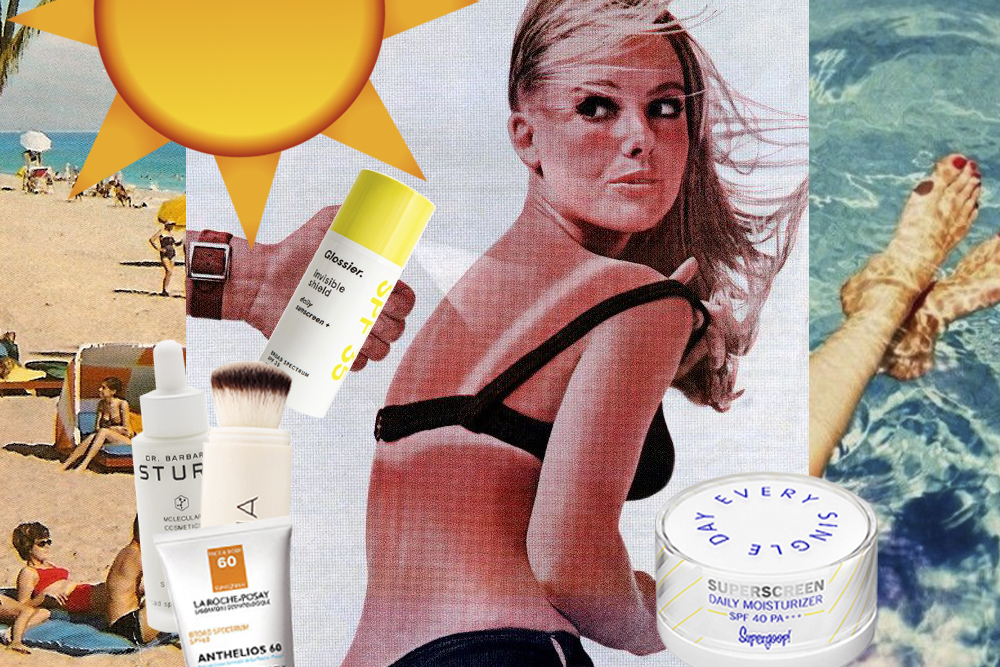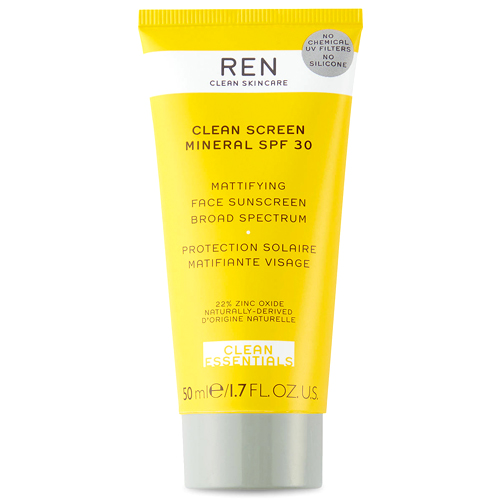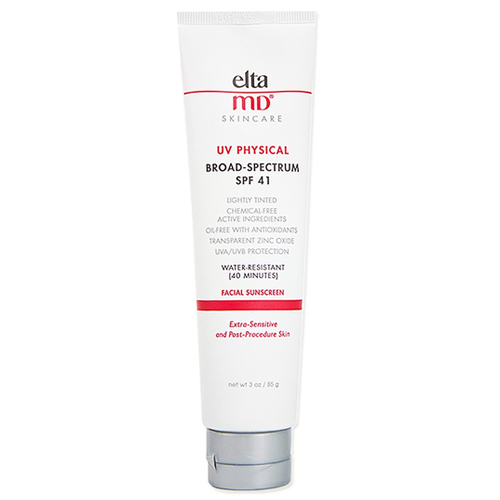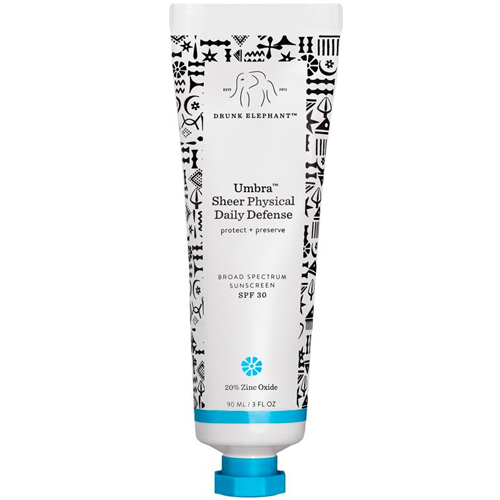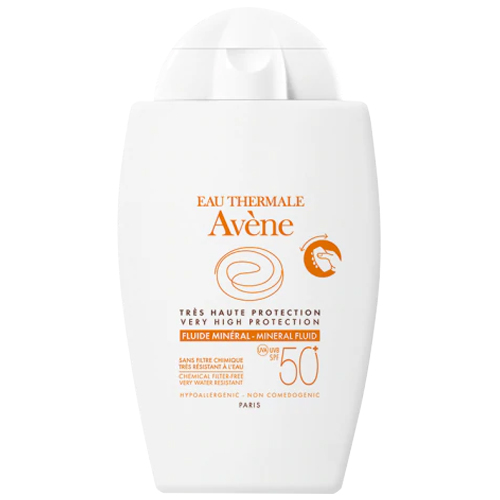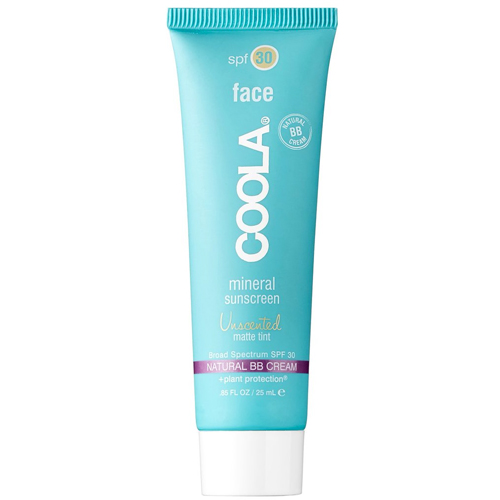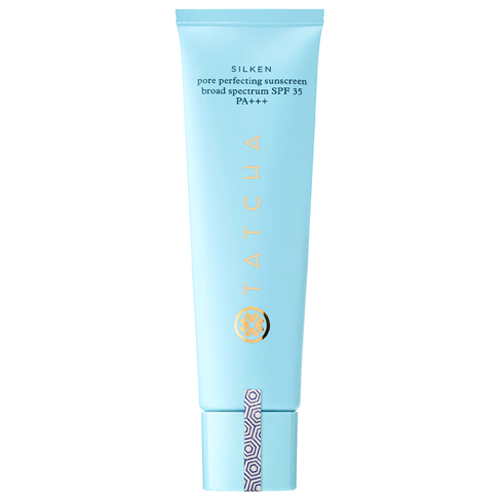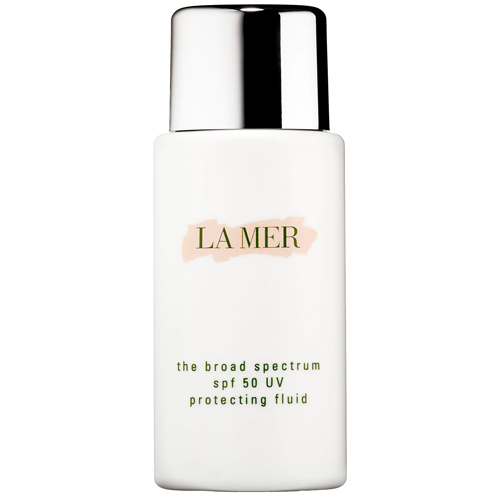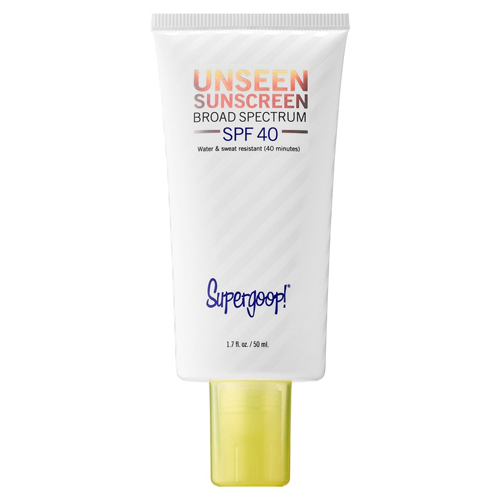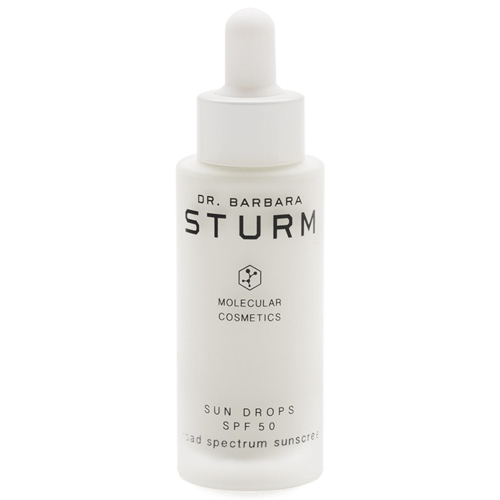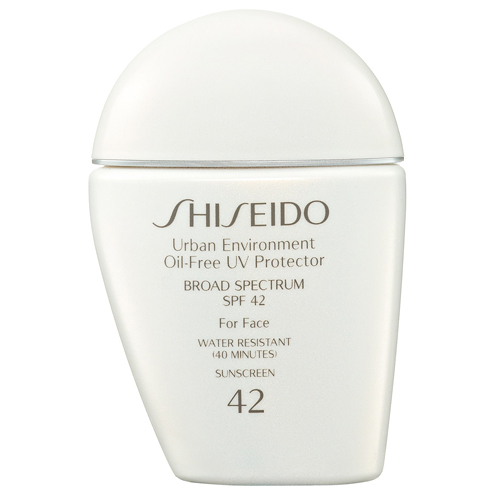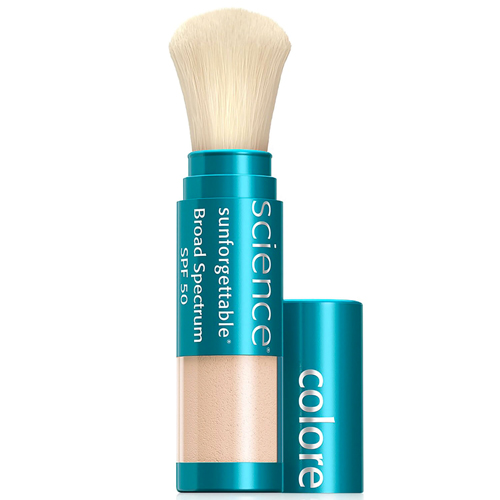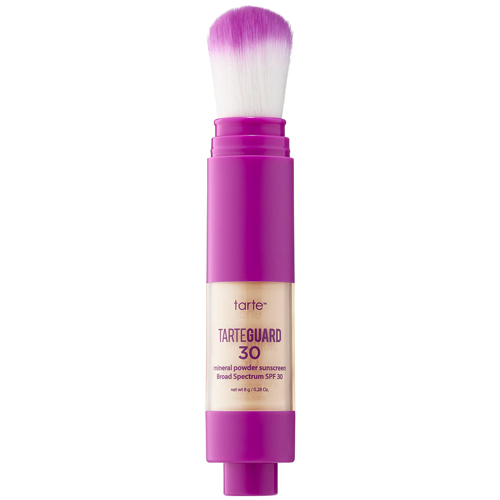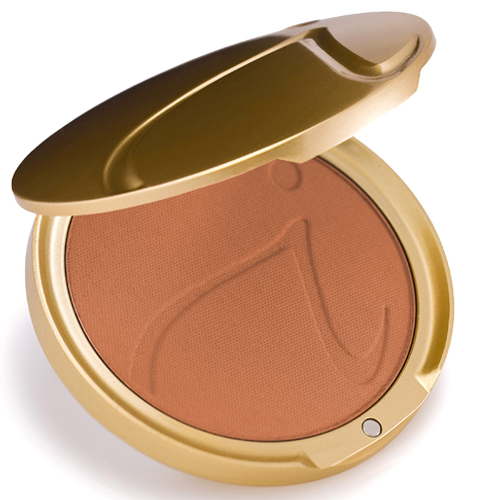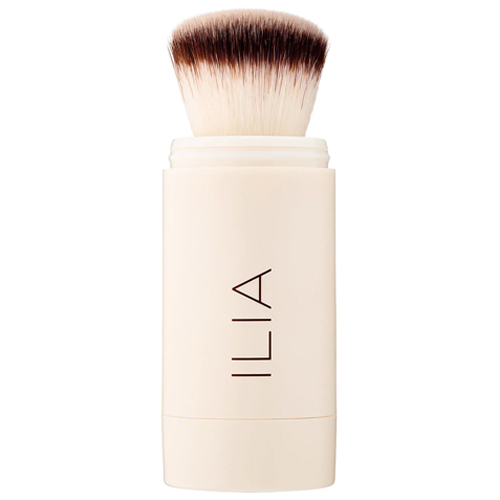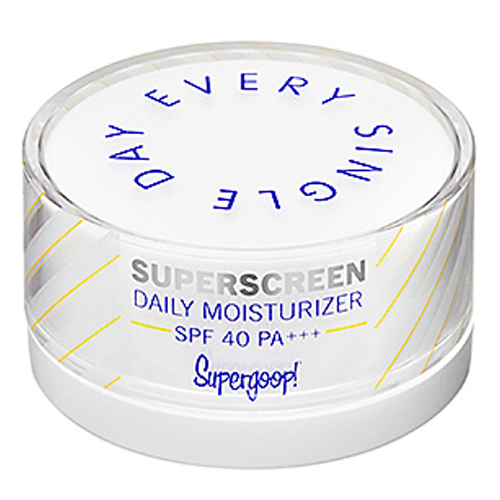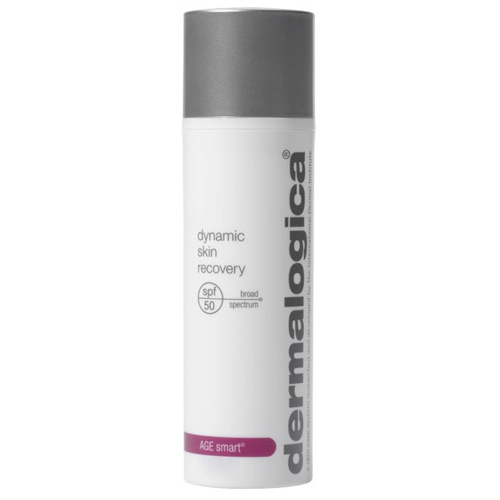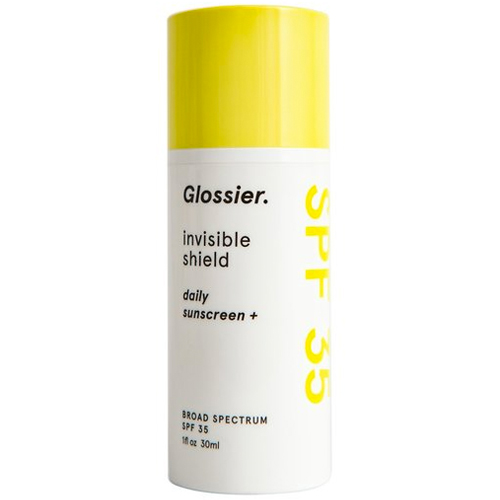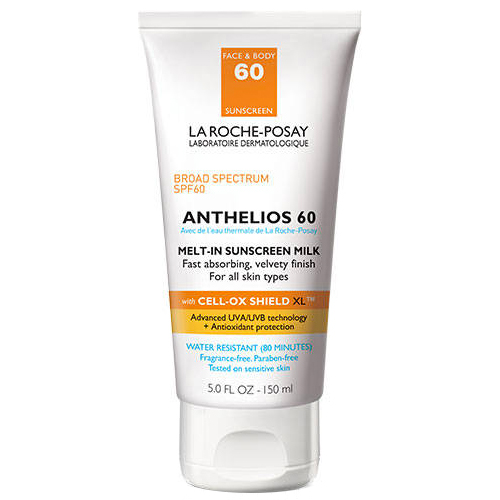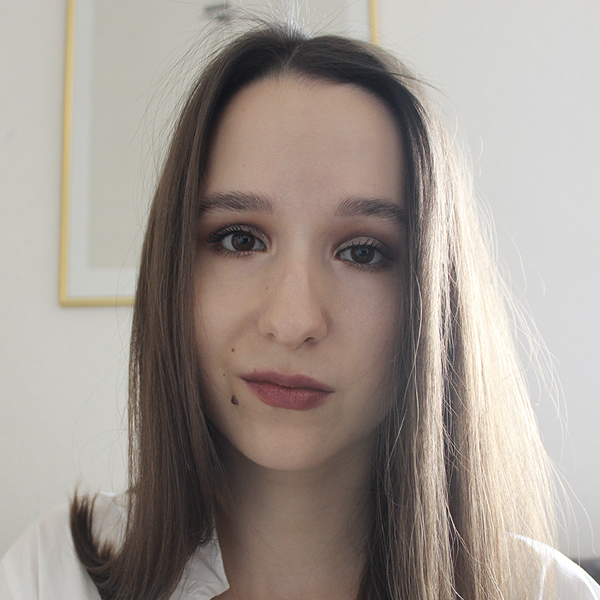Sunscreen is often the most overlooked step when it comes to getting ready each day. We all know we have to wear it, but more times than not, we just cannot be bothered to take the extra step to slather it on, that is unless we’re headed poolside. Perhaps it’s the strong scent we’re trying to avoid? Or, it could be the fear of the dreaded white-cast so many SPFs hold? Maybe it’s the potentially pore-clogging formula? How is it that the most vital step in a skincare routine is so frustratingly complicated to get right? Truth is, there really is a sunblock for everyone and if something is keeping you from reaching for it daily without giving it a second thought, then you haven’t found yours yet. Here are a couple of guidelines to keep in mind when swiping right on sun potions — from what it means to choose a physical versus a chemical formula, what potentially irritating ingredients to look out for, and what the non-negotiables are.
“Physical” and “chemical” sunscreens — or more accurately, mineral and synthetic — differ predominantly in their ingredients list, but also in the way they do their job. Mineral sunscreens contain active (you guessed it) mineral ingredients such as titanium dioxide and zinc oxide which work by sitting on top of the skin and deflecting or scattering the sun’s harmful rays. Mineral sunscreens are naturally broad spectrum, meaning that they protect the skin from both “aging” rays (UVA) and “burning” rays (UVB). It is of paramount importance to opt for a product that offers a broad-spectrum protection, since UVAs are now known for their ability to penetrate the multiple layers of the skin all the way to the fatty tissues, affecting our DNA and potentially causing precancerous changes within the cells. UVAs also damage the skin’s collagen and elastin supply, dramatically speeding up the aging process.
Mineral sunscreens are less likely to cause irritation, which makes them a better choice for those with sensitized or reactive skin types, and zinc oxide is naturally antimicrobial, so therefore best suited for blemish-prone skin types. The only downfall? Mineral sun lotions are known for their thicker, tackier consistency and are therefore harder to spread and not always ideal under makeup. They also need to be reapplied if the skin gets wet, as they will slide right off. Deeper skin tones may also want to carefully test a mineral sunscreen before committing to a purchase, since titanium dioxide is most commonly responsible for the sadly infamous white-cast effect.
If a mineral sunscreen sounds like your match, Ren’s newest launch, the Clean Screen Mineral SPF 30 is a fantastic green option to turn to as its ingredients list is as spotless and environmentally friendly as its recycled packaging. Furthermore, it would be a particularly good fit for oilier skin types since it is also mattifying. EltaMD’s UV Physical SPF 41 Tinted Sunscreen is a longstanding fan favorite and combines both zinc oxide and titanium dioxide.
Mineral Skin Heroes
Synthetic formulas, on the other hand, contain ingredients such as oxybenzone, octinoxate, octisalate and avobenzone, which also work by scattering and deflecting UV rays, while also converting them into heat. This type of sunscreen is generally more enjoyable to use since it tends to have an overall more elegant formula, with a thinner texture, added treatments such as peptides or enzymes which offer other skin benefits and most importantly, they do not leave a grey or white cast behind.
Synthetic Sun Protectors
While mineral sunscreens need to be reapplied regularly if the skin is getting wet, it is worth noting that avobenzone and octinoxate tend to be photounstable, which means that once they have been doing their job for a while — absorbing all the rays — the molecules can break down and will consequently need to be replaced. As with any product applied topically however, sunscreens shift and move around as much as ones does throughout the day, so reapplication is often key regardless of the type of filter involved. While taking your makeup off and starting all over again at lunchtime isn’t realistic, alternatives like protecting powders infused with titanium dioxide can be used to top-up any sunscreen throughout the day and with very little work.
Colorscience’s Sunforgettable Total Protection Shield SPF 50 and Tarte’s Tarteguard Mineral Powder Sunscreen SPF 30 are two great options that will keep the midday sweat and rays at bay effortlessly. Those looking for a green option should be pleased with Jane Iredale’s Pure Pressed Mineral Foundation SPF 20, the brand’s original powder foundation that not only offers decent coverage, but also protects the skin without the use of unnecessary additives. While synthetic sunscreens are a lot more fun to use, they tend to be less well tolerated by sensitive skins.
Touch-Up Suncreen
It’s also worth noting that the newest formulas on the market also omit the use of oxybenzone, which has been banned in some countries for posing a risk of degrading coral reefs. Amongst them, Supergoop! Superscreen Daily Moisturizer SPF 40 is one of the few hybrid products that lives up to its claim and protects the skin efficiently from sun rays and blue light, while also comforting the skin with a layer of moisture. Dermalogica’s Dynamic Skin Recovery SPF 50 is at the front line when it comes to dealing with dry complexions in need of deep replenishment, thanks to its formula loaded with skin-softening ingredients such as squalane and algae extracts. It also suits all skin tones, as does Glossier’s Invisible Shield which is truly undetectable, even on the deepest complexions. Last but not least, the forever favorite, French pharmacy brand La Roche Posay offers a variety of products in its affordable, well-tolerated and antioxidants-loaded Anthelios range, combining both mineral and synthetic filters to address as many concerns as possible.
Sans-Oxybenzone
In the end, both mineral and synthetic sunscreens offer great protection from the sun and various products on the market offer a mix of both kinds of filters. The hard part, as with most things when skincare is concerned, is to find the right match for you — and a match you shall find, since the very best way to prevent not only skin cancer, but also premature aging is to discover a sunblock you enjoy wearing, day in, day out.






